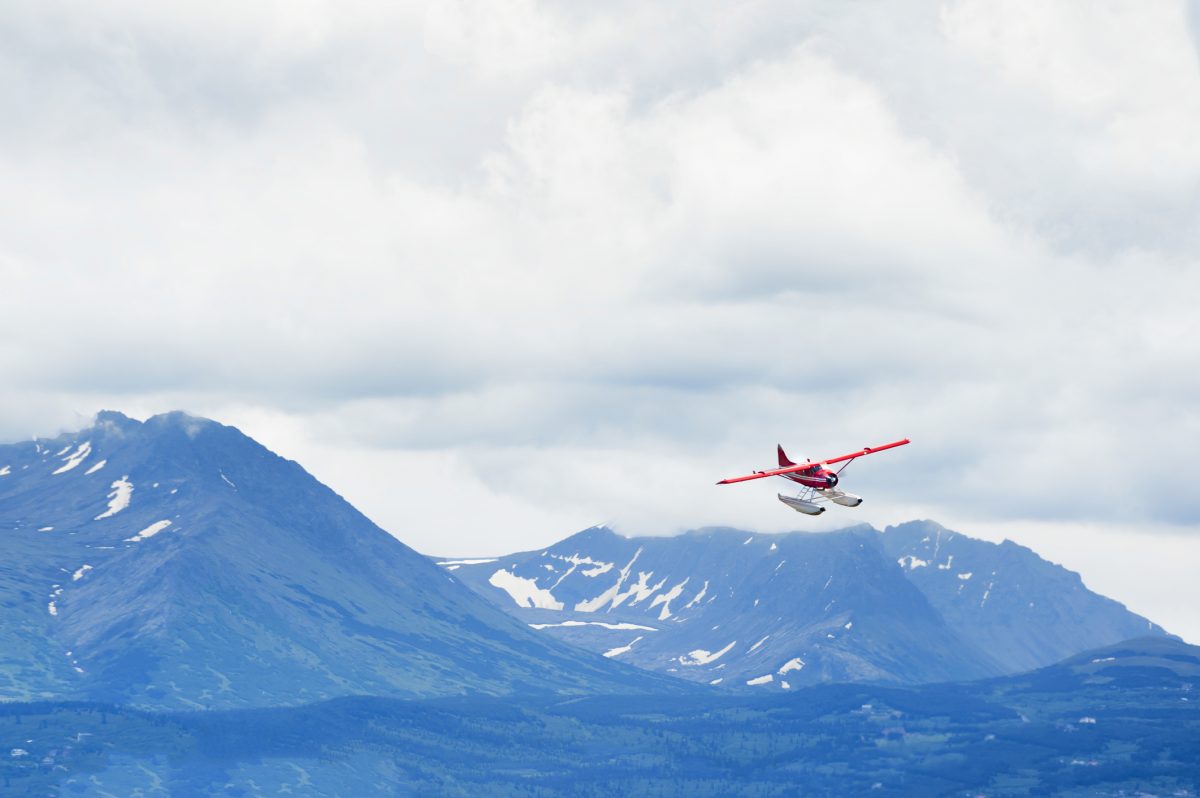
Altitude is most generally defined as the vertical distance between a reference point and an object. In aviation, however, measuring altitude is far more complicated. When discussing altitude as it applies to aviation, it’s important to be clear about which kind of altitude you’re talking about. Follow this guide to learn more about the five different types of altitude used in aviation and how they’re measured.
Indicated Altitude
The easiest type of altitude to remember is indicated altitude, which refers to the measurement indicated on the altimeter in your aircraft. An altimeter measures the atmospheric pressure at the aircraft’s flight altitude and then compares it to the pressure value set by the pilot. Failing to correct for pressure changes in flight will affect the accuracy of the altimeter reading.
True Altitude
True altitude refers to the height of an aircraft above sea level. This type of altitude is measured in terms of “feet above mean sea level,” using an average sea level since actual sea level is variable. Area forecasts commonly use true altitude to report cloud height and VFR sectional charts express terrain figures and clearance altitudes in terms of feet above mean sea level.
Pressure Altitude
Pressure altitude is a measurement of the aircraft’s altitude above a standard datum plane, and is indicated by setting the altimeter to 29.92. For pilots flying at an altitude above 18,000 feet, setting the altimeter to 29.92 is required to establish a standard for the aircraft. Pressure altitude is also used in many flight planning calculations, including determining takeoff and landing distances.
Density Altitude
Pilots who fly in warmer climates and/or in high elevations know that density altitude plays an important role in an aircraft’s performance. Density altitude is pressure altitude corrected for nonstandard temperature conditions, which include pressure, humidity, and temperature that’s outside the norm. Density altitude decreases in colder weather when the air is more dense, helping to give the aircraft’s wings more lift and enabling the engine to generate more power. In warmer weather or higher elevations, air density decreases. This causes density altitude to increase and may impair the aircraft’s performance. Air that is less dense may result in reduced propeller efficiency and as a result, reduced thrust. Pilots should exercise caution when preflight planning on hot and humid days and adjust for decreased density altitude to avoid accidents during takeoff or landing.
Absolute Altitude
Absolute altitude refers to the actual distance the aircraft is flying in relation to the ground and is expressed in “feet above ground level.” This type of altitude is generally determined using a radar altimeter, which measures how long it takes radar signals to reach the ground and reflect up to the plane. While absolute altitude is primarily used by large aircraft and not smaller aircraft, most weather reports express cloud cover in feet above ground level.